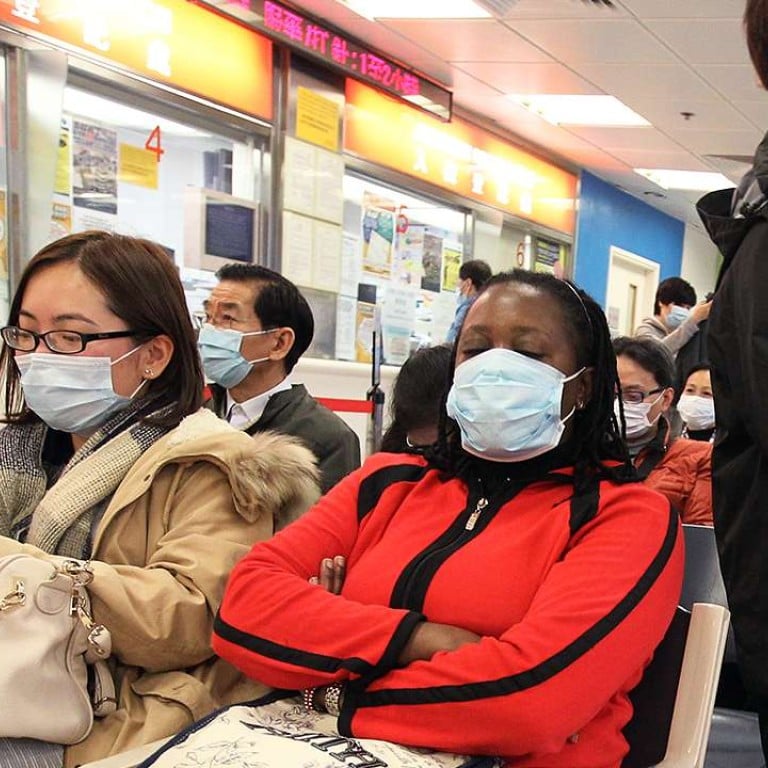
An eternal wait: Some Hong Kong patients have to wait more than 20 hours to get into hospital amid overcrowding
The overcrowding is caused by patients seeking treatment for cold-weather illnesses like flu
A flood of patients told how they had to endure long waits – at times over 20 hours – at one of the busiest accident and emergency (A&E) departments in the city as public hospitals saw unprecedented demand amid the cold weather.
Retired housewife So Cheng, 64, complained that she and her 80-year-old husband, who suffered severe stomach ache, felt “very traumatised” for having to wait over 20 hours for a bed at Queen Elizabeth Hospital.
READ MORE: Flu season hits Hong Kong hard: hospitals packed over capacity, visits to 24 hour clinics double
“It has been a hard time for both of us,” So said. “My husband now sleeps on a temporary bed in the corridor, and before that all we could do was just sit and wait.”
The hospital in Jordan recorded a bed occupancy rate of 130 per cent in its medical wards on Wednesday – the highest among all 16 public hospitals.
A “very serious” warning sign was put up at its accident and emergency department, alerting newcomers that “it will take an average of 15 hours” for a patient to be admitted to its “overcrowded” medical wards.
Bed shortages meant patients – most of them elderly – had to face long waits on trolleys, while at least 10 extra beds were set up in corridors in an A&E ward to cope with the extra demand.
“I don’t know how long I am supposed to be waiting given that it is so packed here,”said Nabeel
Ahmed Butt, a Pakistani merchant sitting on a bench in the A&E department.
READ MORE: Top Hong Kong health official expects hospital bed shortage to worsen in face of peak flu season and return of cold weather
The 48-year-old was rushed to the hospital in an ambulance on Wednesday morning due to severe kidney pain, and later given painkillers. He was scheduled to meet with a doctor again for follow-up treatment hours later.
“I totally understand this situation, but I just feel like it might be a better idea for people who have flu or a cough to go to clinics instead of the A&E,” Butt said. “That may reduce some pressure on public hospitals.”
Amy Yeung, 54, preferred to go back home after being notified of the time she was likely to wait before her husband could be treated in a ward.
“He has stopped vomiting after being given urgent treatment so we will leave to make room for those who are really in a critical condition,” said Yeung.


